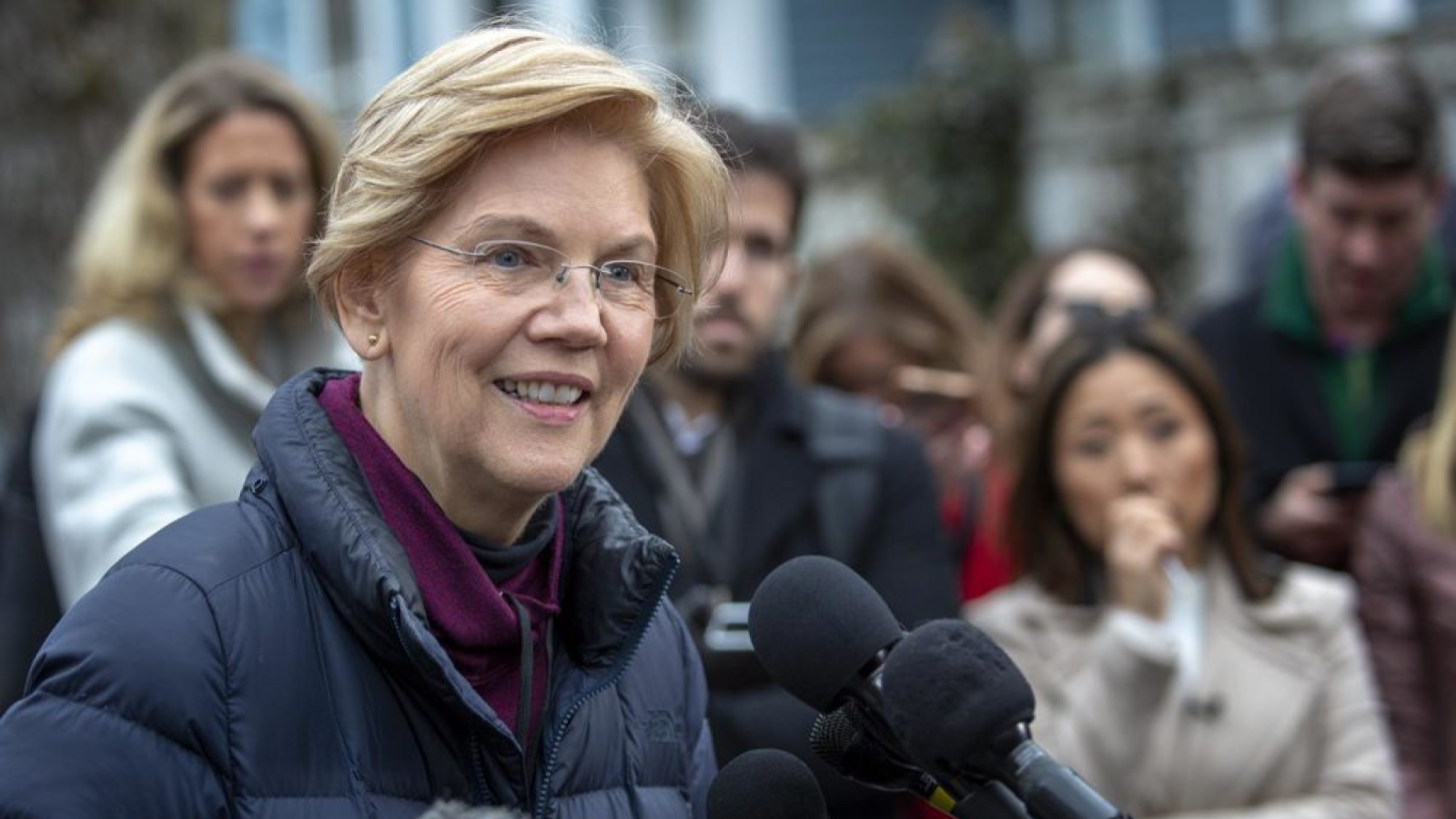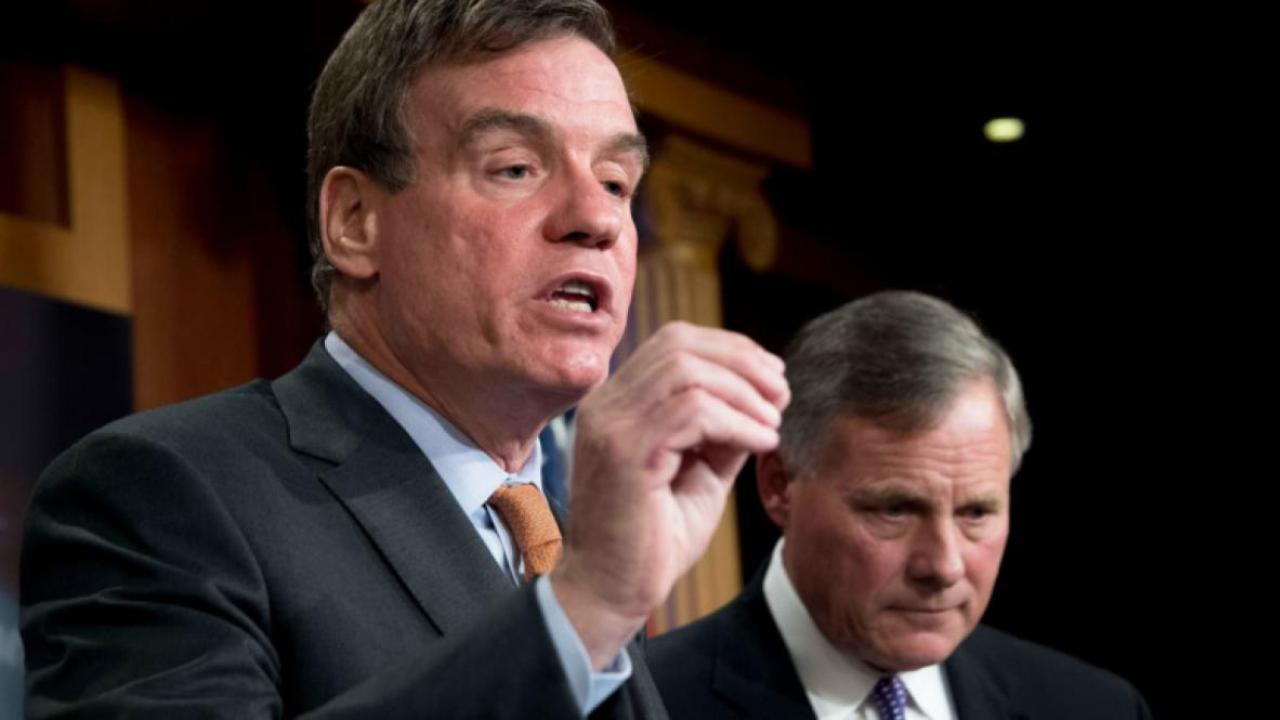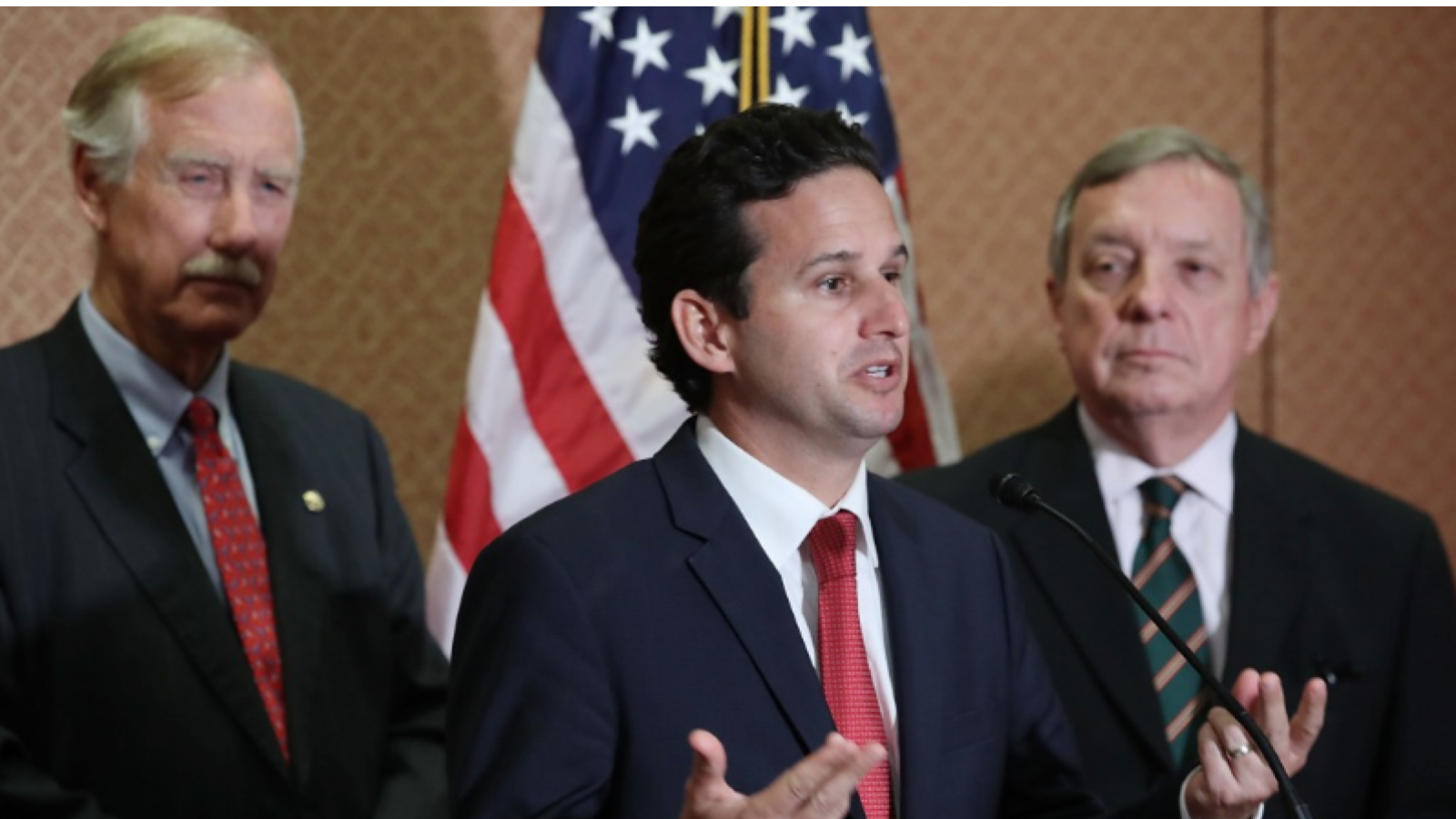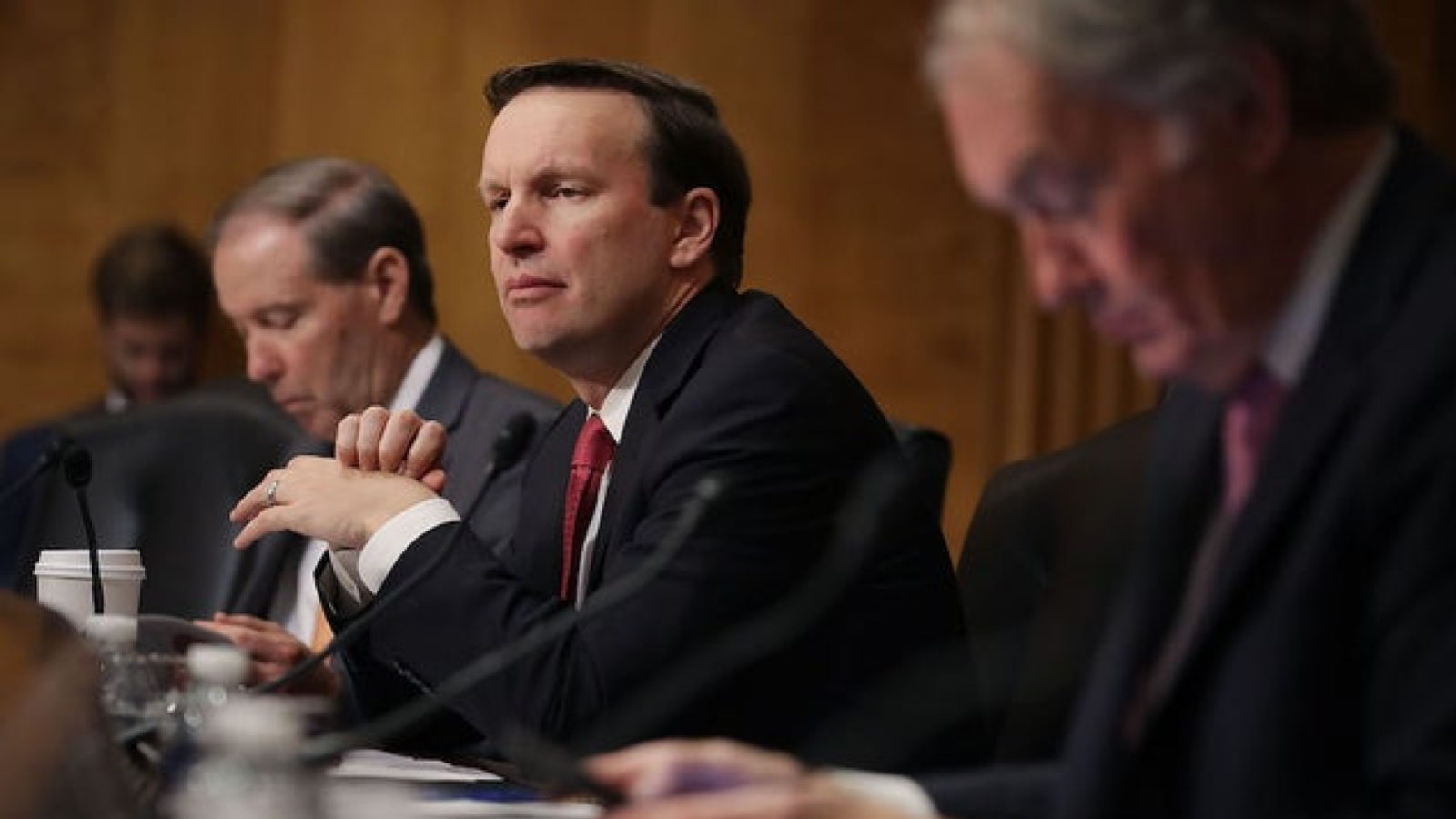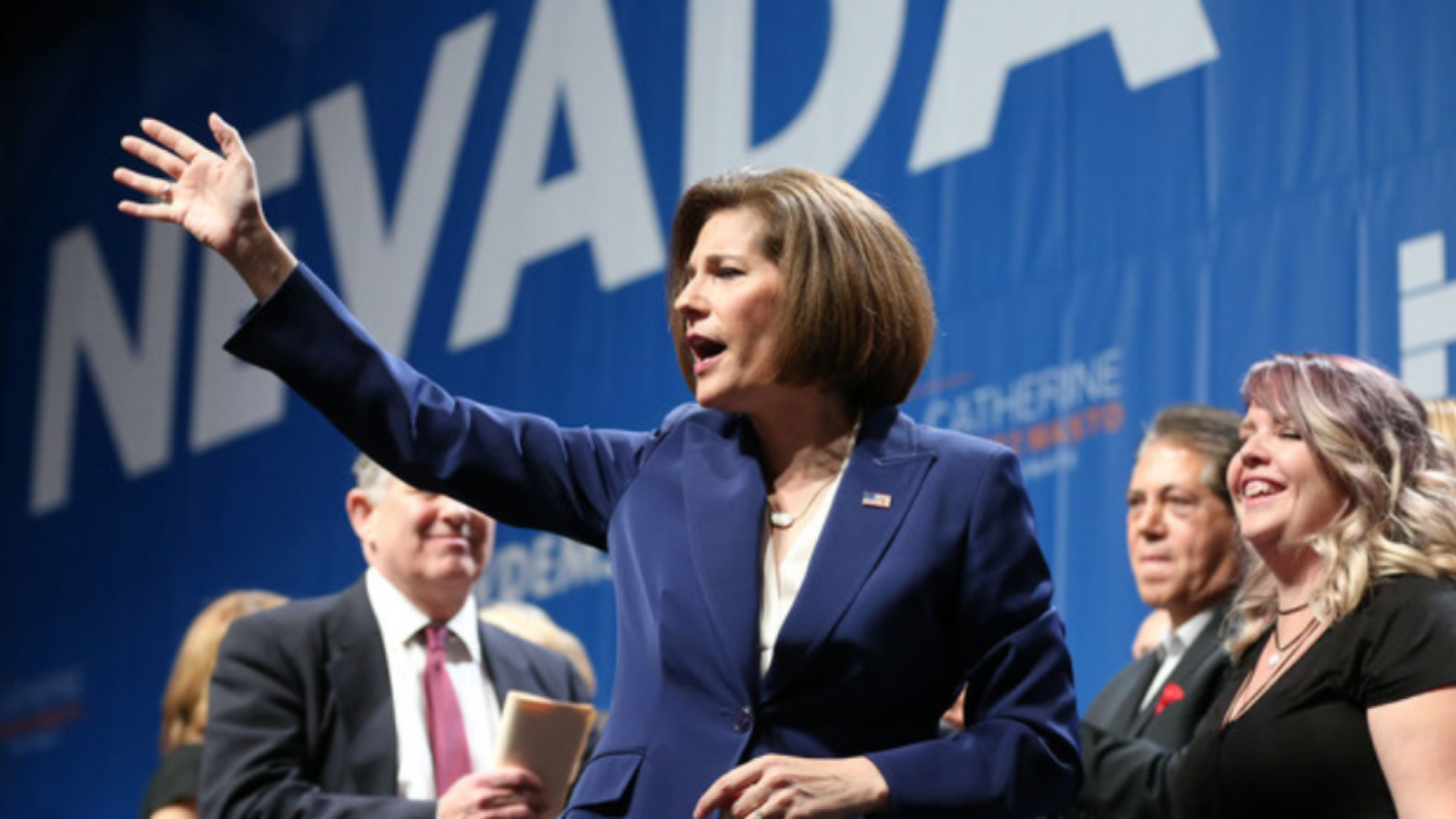The Democratic Caucus of the United States Senate, sometimes referred to as the Democratic Conference, is the formal organization of all senators who are part of the Democratic Party in the United States Senate. For the makeup of the 119th Congress, the caucus additionally includes two independent senators (Bernie Sanders of Vermont, and Angus King of Maine) who caucus with the Democrats, bringing the current total to 47 members.
The central organizational front for Democrats in the Senate, its primary function is communicating the party’s message to all of its members under a single banner. The present chair of the Senate Democratic Caucus is Chuck Schumer of New York.
OnAir Post: Senate Democratic Leaders – 119th Congress




